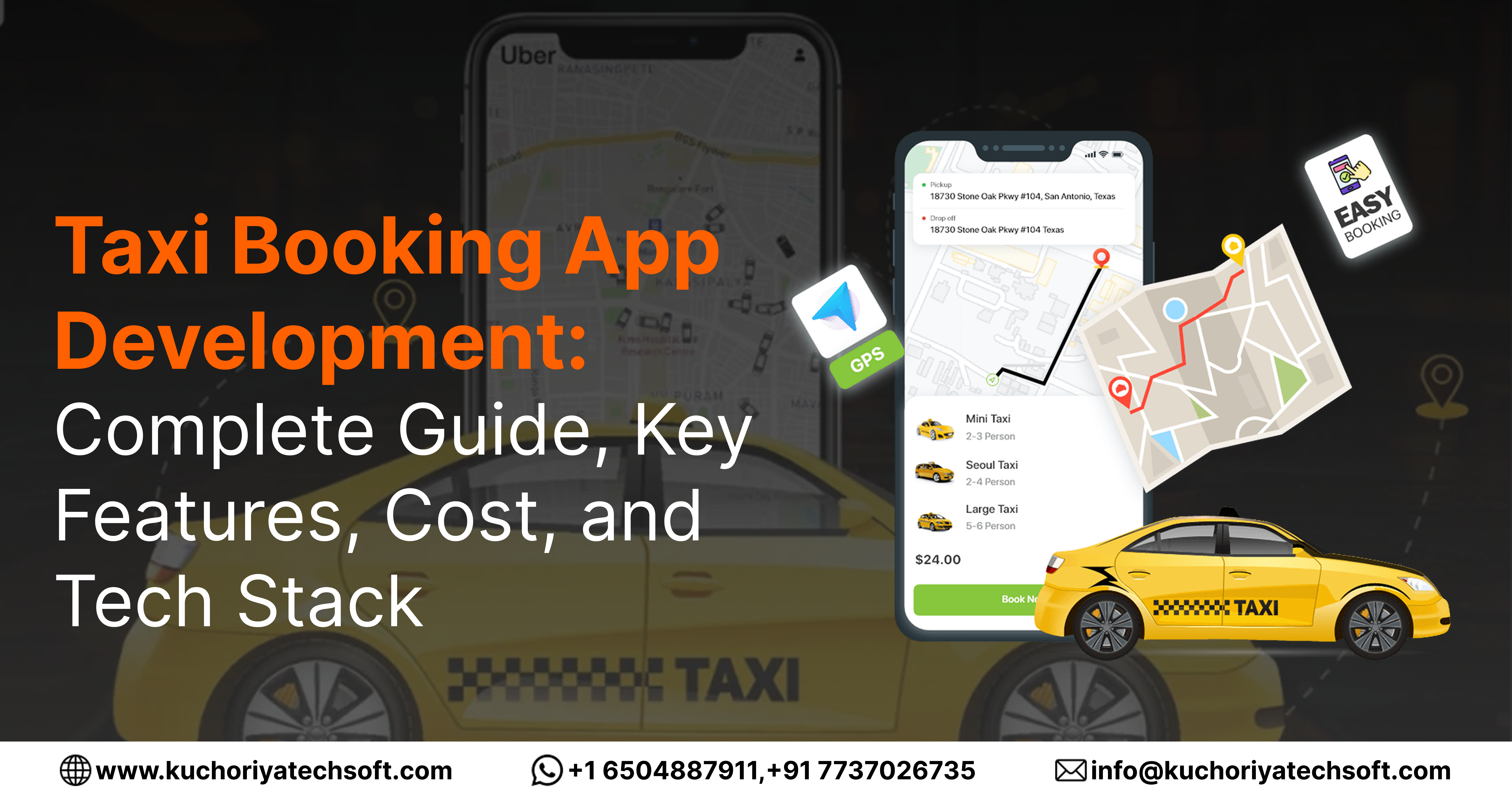Cost of Mobile App Development in Australia: A 2024 Guide
Australia's mobile app landscape is experiencing a surge. Businesses of all sizes are recognizing the transformative power of mobile apps to reach new audiences, boost engagement, and drive growth. But before diving headfirst into app development, understanding the associated costs is crucial for informed decision-making. This comprehensive guide explores the key factors influencing mobile app development costs in Australia for 2024.
Several factors significantly impact the overall cost of developing your mobile app in Australia:
Platform Selection (Android, iOS, or Cross-Platform):
- Native App Development (Android & iOS): Developing separate apps for both Android and iOS typically incurs higher costs. This approach offers the best performance and user experience tailored to each platform's strengths. However, maintaining two separate codebases can be resource-intensive in the long run.
- Cross-Platform App Development: Utilizing frameworks like React Native or Flutter allows you to build a single app codebase that functions on both Android and iOS. This can be a more cost-effective approach for reaching a broader audience, with development time potentially reduced. There might be slight limitations in performance and customization compared to native apps.
Complexity and Category of App:
- Simple App: Apps with basic functionalities, like to-do lists or calculators, will naturally be more affordable. Development time and resources required are lower for these apps.
- Medium Complexity App: Apps with moderate features, like restaurant menus or basic social media platforms, will require more development effort. Features like user profiles, push notifications, and basic in-app purchases can increase complexity.
- Complex App: Apps with advanced features, real-time integrations, and custom functionalities (e.g., social media giants, e-commerce platforms) will have the highest development costs. These apps involve complex back-end development, data security measures, and potentially require expertise in areas like AI or machine learning.
Understanding Your App's Needs: Functionality and Design
Functionality and Feature Scope:
The number and complexity of features directly impact development time and cost. Consider prioritizing core functionalities for an initial Minimum Viable Product (MVP) to test your app concept with real users and gather valuable feedback before investing in additional features. This allows for a more controlled budget and ensures you're developing features users actually want.
Design of The Mobile App:
A visually appealing and user-friendly interface (UI) is essential for app success. Skilled UI/UX designers create intuitive interfaces that enhance user experience. The level of design complexity and customization plays a role in the overall cost. A clean and simple design can be highly effective, while apps with intricate animations or 3D graphics will require more design resources and potentially specialized design tools.
Additional Cost Considerations
Third-Party Services Integration:
Integrating third-party services like social media logins, payment gateways, or analytics tools can add value to your app but often incur additional licensing or subscription fees. These costs should be factored into your overall budget. Some popular third-party services include Stripe (payments), Google Analytics, and Facebook SDK.
The mobile app development life cycle typically involves several stages, with each impacting the overall cost:
Planning and Requirement Gathering:
This initial stage focuses on defining your app's purpose, target audience, and key features. Workshops, user research, and competitor analysis are conducted to ensure your app addresses a genuine market need. The clearer your vision and requirements, the more efficient the development process becomes.
Design and Prototyping:
Skilled UI/UX designers create user interface (UI) and user experience (UX) prototypes. These interactive mockups allow you to visualize and test the app's functionality before development begins. User feedback at this stage can be invaluable in refining the app's design and ensuring a user-centric approach.
Development:
This stage involves building the core functionalities and features of your app. Developers write code, integrate APIs (Application Programming Interfaces) for third-party services, and ensure the app functions as intended across chosen platforms (Android, iOS, or cross-platform).
Testing and Quality Assurance (QA):
Rigorous testing is essential to identify and fix bugs before launch. Testers ensure the app is functional, secure, and performs well on different devices and operating systems. Quality assurance helps to deliver a polished and bug-free app experience for your users.
Deployment and Launch:
Publishing your app on the respective app stores (Google Play Store or Apple App Store) requires careful preparation and adherence to app store guidelines. This stage involves creating app store listings, screenshots, and descriptions to capture user attention.
Ongoing Maintenance and Updates:
Addressing bugs, adding new features, and keeping your app up-to-date with the latest security patches and operating system versions is crucial for long-term success. Ongoing maintenance ensures your app remains secure, functional, and competitive in the ever-evolving mobile landscape.
Mobile app development costs can vary significantly depending on the category and complexity of your app. Here's a general breakdown for the Australian market:
- Simple App (AUD $15,000 - $45,000): These apps typically have basic functionalities and a single platform (Android or iOS). Examples include to-do lists, calculators, or basic note-taking apps. Development time and resources required for these apps are lower, leading to a more affordable cost range.
- Medium Complexity App (AUD $45,000 - $110,000): These apps offer moderate features, potentially across a single platform or utilizing a basic cross-platform framework. Features like user profiles, push notifications, basic in-app purchases, or integration with social media APIs can increase development complexity and cost. Examples include restaurant menus, basic social media platforms, or food delivery apps with limited functionalities.
- Complex App (AUD $110,000+): These apps possess advanced features, real-time integrations, and custom functionalities. Complex back-end development, data security measures, and expertise in areas like AI or machine learning can significantly impact the cost. Examples include social media giants, e-commerce platforms with extensive features, and highly interactive gaming apps.
The platform you choose for your app development can also influence the cost. Here's a closer look:
Cost to Develop an Android App:
Developing an Android app can range from AUD $30,000 to AUD $150,000+ depending on complexity. Android app development might be slightly less expensive due to a larger developer pool and a more open ecosystem compared to iOS. However, factors like app permissions and device fragmentation can add complexity to the development process.
Cost to Develop an iOS App:
Developing an iOS app can range from AUD $40,000 to AUD 160,000+ depending on complexity. iOS app development might be slightly more expensive due to a more stringent review process from Apple's App Store and potentially higher developer rates. However, iOS devices tend to have a more consistent user experience across different models.
Here's a breakdown of estimated development costs for popular apps across various industries in the Australian market:
Cab Booking Application (e.g., Ola): AUD $20,000 - $70,000+
Developing a cab booking app requires features like GPS integration, real-time tracking, fare estimation, in-app payment processing, and user profiles. The complexity increases with features like driver matching algorithms, multiple payment options, and loyalty programs.
Food Delivery Application (e.g., Swiggy): AUD $40,000 - $120,000+
Food delivery apps require functionalities like restaurant listings, menu management, order processing, real-time tracking, and in-app payment options. Additional features like integrated online ordering for restaurants, driver delivery management, and loyalty programs can significantly increase development costs.
E-commerce Application (e.g., Flipkart): AUD $30,000 - $250,000+
E-commerce apps involve features like product listings, secure payment gateways, shopping carts, user accounts, and order tracking. Complexities arise with features like inventory management, advanced search and filtering options, secure payment gateways, and integration with third-party logistics providers.
Financial App (e.g., Pocketguard): AUD $30,000 - $200,000+
Financial apps can range from basic expense trackers to complex investment platforms. Basic features include budgeting tools, transaction categorization, and account linking (with user consent). Complex functionalities like stock trading, investment management, and integration with financial institutions require a higher development budget.
Travel and Booking App (e.g., Airbnb): AUD $120,000 - $200,000+
Travel and booking apps require features like location-based search, booking functionality, secure payment processing, user reviews, and communication tools. Integrating with various travel services (flights, hotels) and managing user calendars can further increase development costs.
Social Media App (e.g., Facebook): AUD $100,000 - $200,000+
Developing a full-fledged social media platform is a highly complex undertaking. Core features include user profiles, content sharing, social feeds, messaging, and notification systems. Adding features like real-time chat, video streaming, and content moderation requires significant development resources and expertise.
E-learning App (e.g., Duolingo): AUD $20,000 - $200,000+
E-learning apps can range from simple vocabulary trainers to comprehensive online courses. Basic features include content delivery, quizzes, and progress tracking. Advanced functionalities like gamification elements, interactive learning modules, and personalized learning paths require more development effort.
Healthcare App (e.g., Doctor on Demand): AUD $30,000 - $200,000+
Healthcare apps can encompass a wide range of functionalities, from appointment scheduling to virtual consultations. Basic features include patient portals, appointment booking, and secure messaging. Complex features like video conferencing capabilities, integration with medical records, and real-time health data tracking require stricter security measures and potentially expertise in healthcare data management.
Real Estate App (e.g., Zillow): AUD $80,000 - $180,000+
Real estate apps typically showcase property listings, virtual tours, and contact information for agents. Advanced features include search filters based on location, price, and property type. Integrating with real estate databases and mapping APIs can contribute to development costs.
Logistics App (e.g., Flexport): AUD $15,000 - $30,000+
Logistics apps require features like shipment tracking, route optimization, and real-time updates. Complex features include warehouse management, freight quotes, and integration with various transportation providers. These functionalities necessitate robust back-end development and potentially expertise in supply chain management.
Developing a mobile app can be an exciting prospect, but understanding the associated costs is crucial for informed decision-making. Here are some strategies to consider for potentially lowering your mobile app development costs in Australia:
Cross-Platform Development:
Instead of developing separate apps for Android and iOS, consider a cross-platform approach using frameworks like React Native or Flutter. This allows you to build a single codebase that functions on both platforms, potentially reducing development time and costs. However, there might be slight limitations in performance and customization compared to native apps.
Minimum Viable Product (MVP):
Don't try to build all the features into your app at once. Start with a Minimum Viable Product (MVP) that focuses on the core functionalities your app needs to deliver value to users. This allows you to test your concept with real users, gather valuable feedback, and iterate based on their needs before investing in additional features. This staged approach can help you control development costs and ensure you're building an app users actually want.
Outsourcing Remote Teams:
Hiring remote developers from countries with lower developer rates can potentially reduce your overall development costs. However, thorough vetting of potential outsourcing partners is crucial to ensure quality and communication effectiveness.
Agile Development Methodology:
Employing an Agile development methodology allows for iterative development cycles with continuous testing and feedback loops. This approach helps identify and address issues early on, potentially reducing rework and minimizing costs in the long run.
Cloud-Based Services:
Utilizing cloud-based services for back-end infrastructure and data storage can be a cost-effective solution. Cloud services offer scalability and flexibility, allowing you to pay only for the resources you use.
Regular Maintenance and Updating:
While it might seem counterintuitive, prioritizing regular maintenance and updates can actually save you money in the long run. Addressing bugs promptly, maintaining a secure app, and keeping it up-to-date with the latest features helps to avoid costly fixes down the line.
By understanding these cost factors, development stages, and cost-saving strategies, you are well-equipped to make informed decisions throughout the mobile app development process. At Kuchoriya Softwares, a leading mobile app development company in Australia, we are committed to providing our clients with exceptional service, innovative solutions, and cost-effective development.
Our team of experienced developers possesses expertise in various technologies and methodologies to bring your app vision to life. We prioritize clear communication, transparent pricing, and a collaborative approach to ensure your app delivers value and achieves its goals.
Ready to discuss your mobile app development project? Contact Kuchoriya Softwares today for a free consultation. We'll help you navigate the development process, explore cost-saving strategies, and develop a successful mobile app solution tailored to your specific needs and budget.
For more information, click here www.kuchoriyatechsoft.com
HIRE A TOP SOFTWARE DEVELOPMENT COMPANY
We are all over the world
United State
9765 keystone court, Clarence, NY 14031 , USA, +1 (650) 488-7911
Canada
1100 Caven St., Suite PH11, Mississauga, ON L5G 4N3 Canada , +1 (416) 726-4662, +1 (650) 488-7911
Brazil
Bispo César da Corso Filho, 1266, San Carlos, São Paulo, Boa Vista, Brazil, 13575-331
South Africa
12 IbisWay, Sunnydale Fish Hoek 7985 Western Cape, South Africa, +27824507091
Spain
The Fir Tree 119 El Olmillo Residential Area Loranca de Tajuña 19141 Guadalajara, Spain
UAE
Building A2 DDP - Dubai Silicon Oasis - Dubai - United Arab Emirates
Italy
Viale dell'Esperanto, 71, Formia, Italy, Lazio IT
Singapore
01-08 50 Ubi Cres, Ubi TechPark, Singapore, 408568
Hong Kong
Tower 2, Silvercord, Rm 907, 9F, 30 Canton Rd, Tsim Sha Tsui, Hong Kong
Australia
Unit 14G, 3 darling point road, darling point, Sydney, NSW, Australia, 2027
India
C-15, 1st floor, Mahalaxmi Marg, Behind World Trade Park, Malviya Nagar, Jaipur, Rajasthan - 302017










































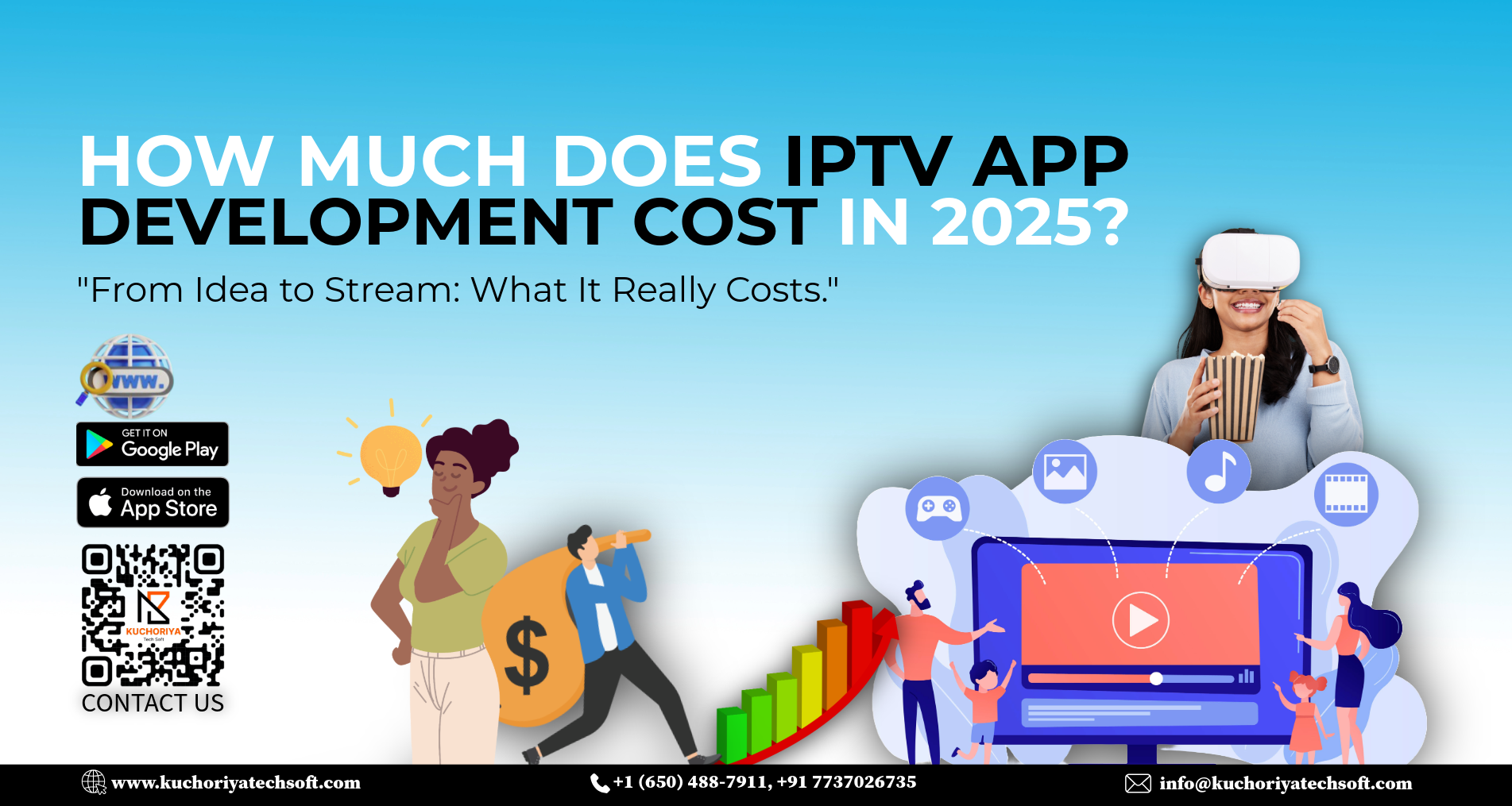









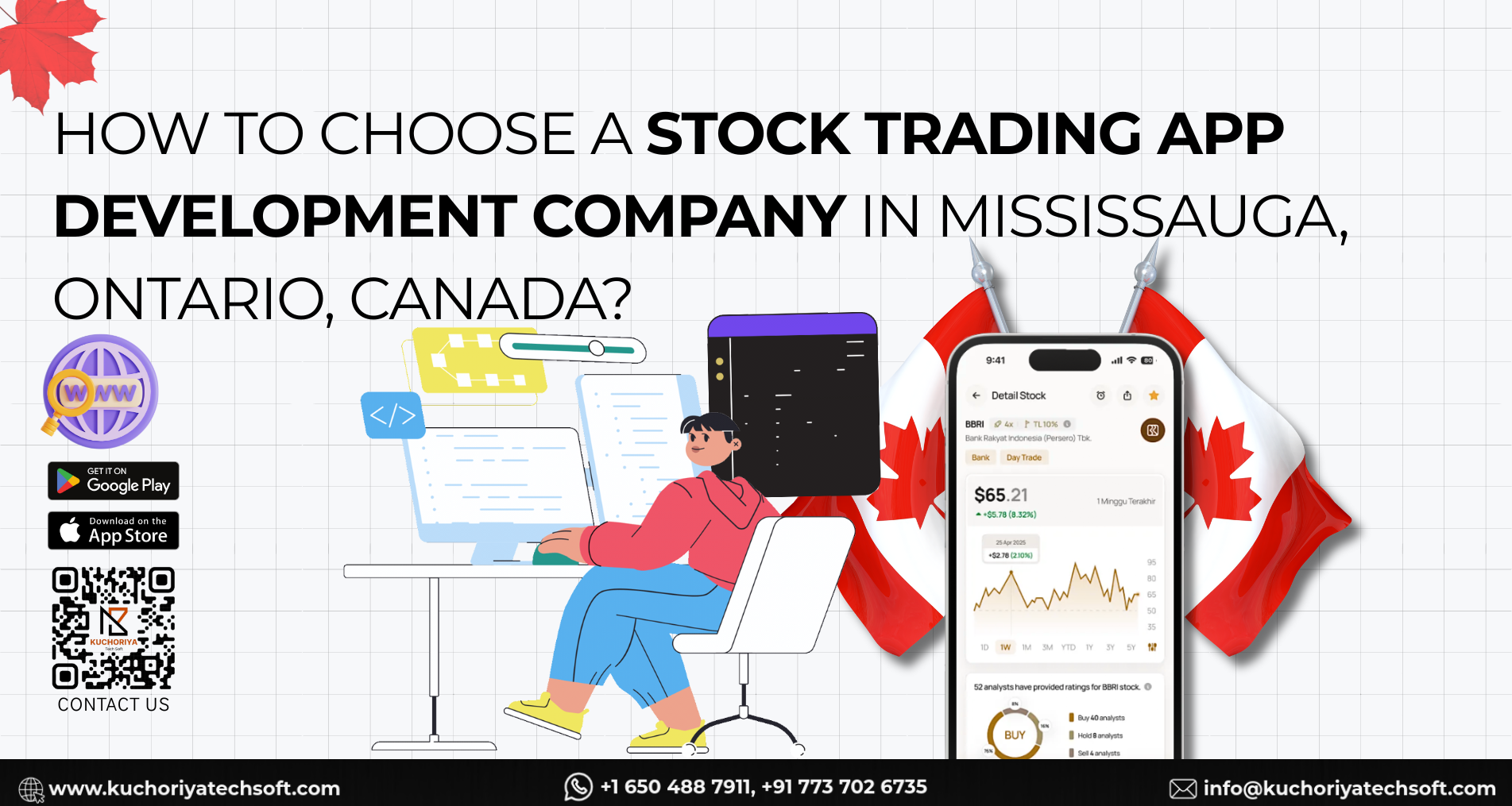





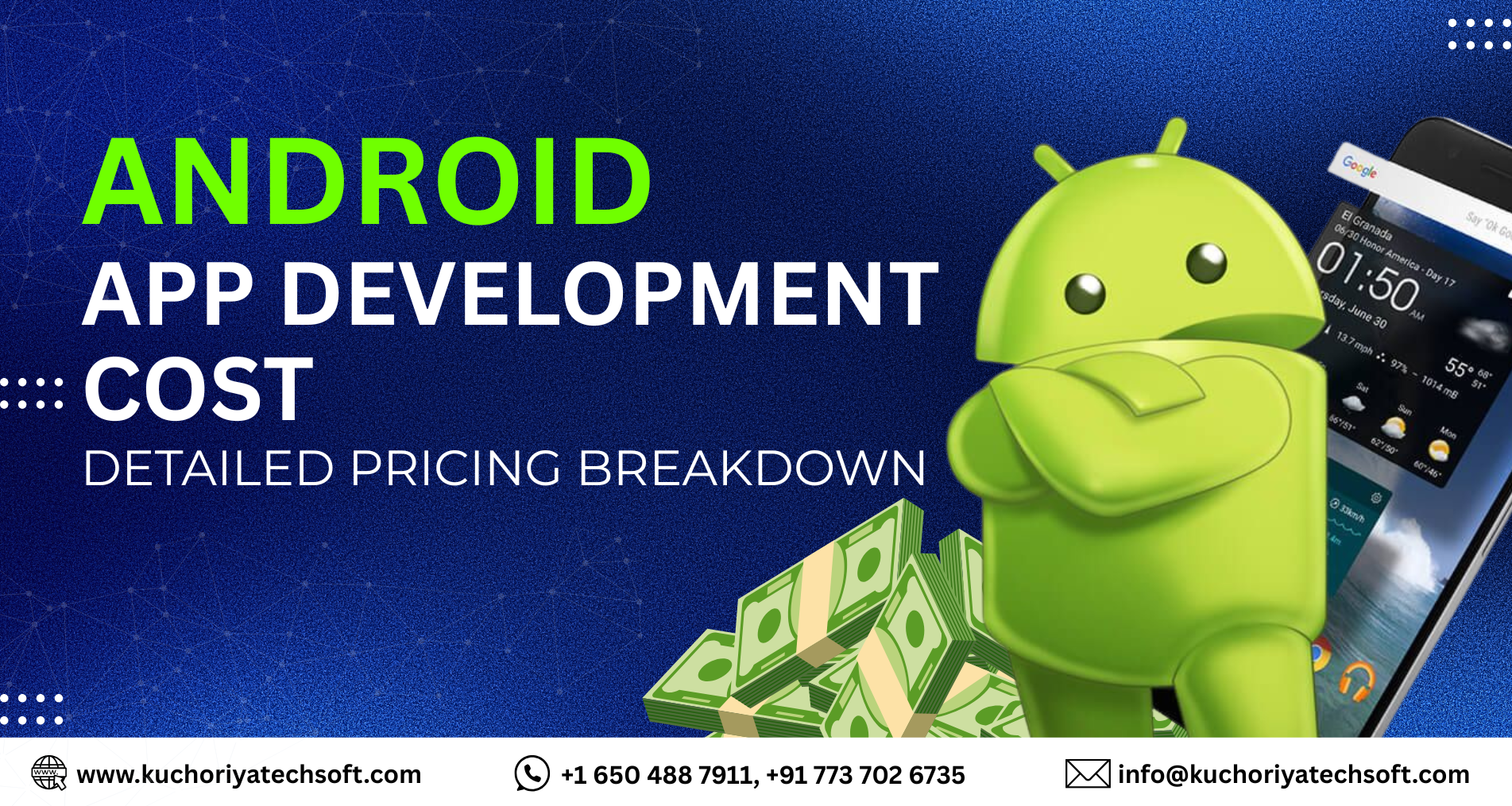
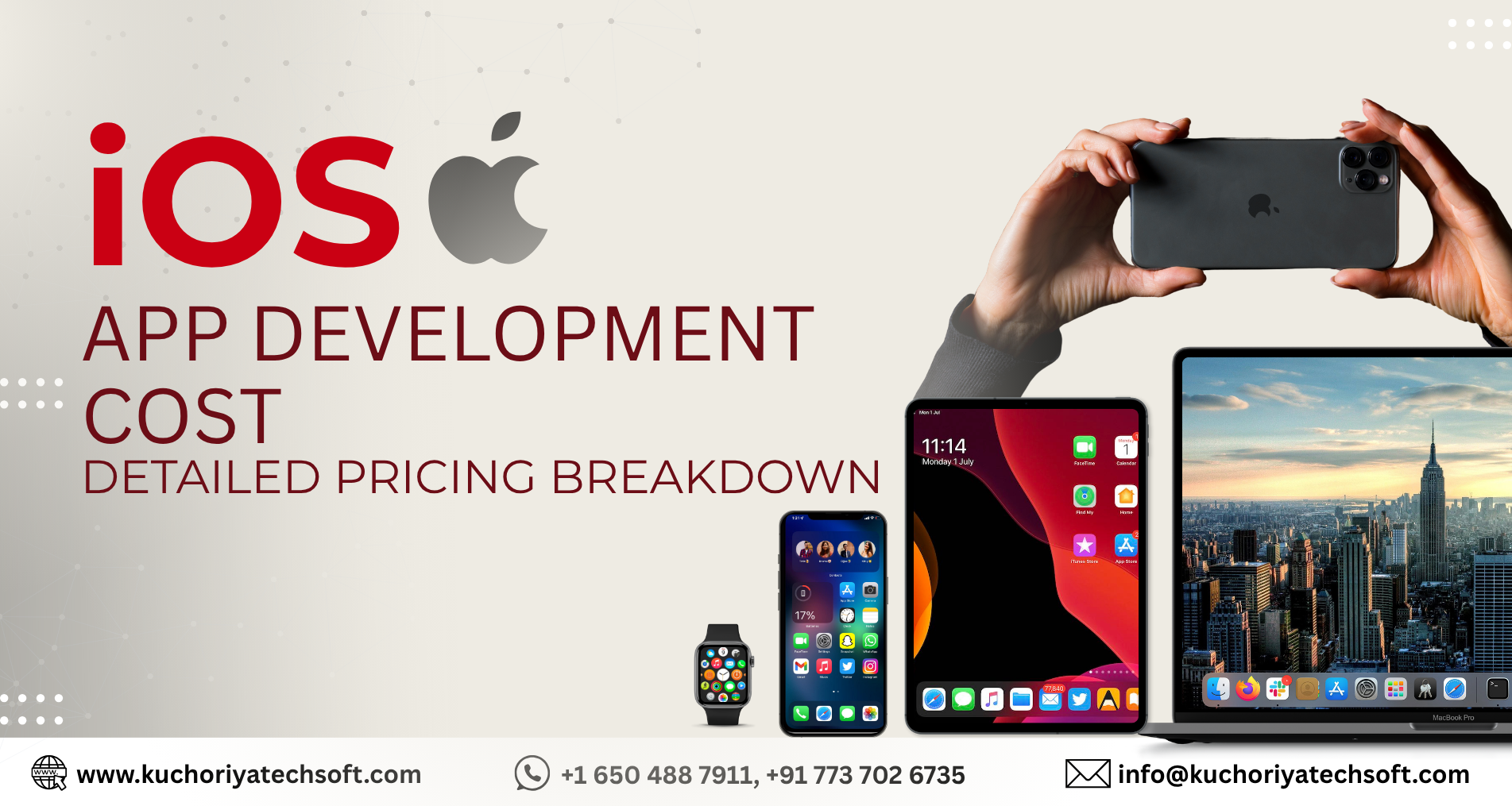


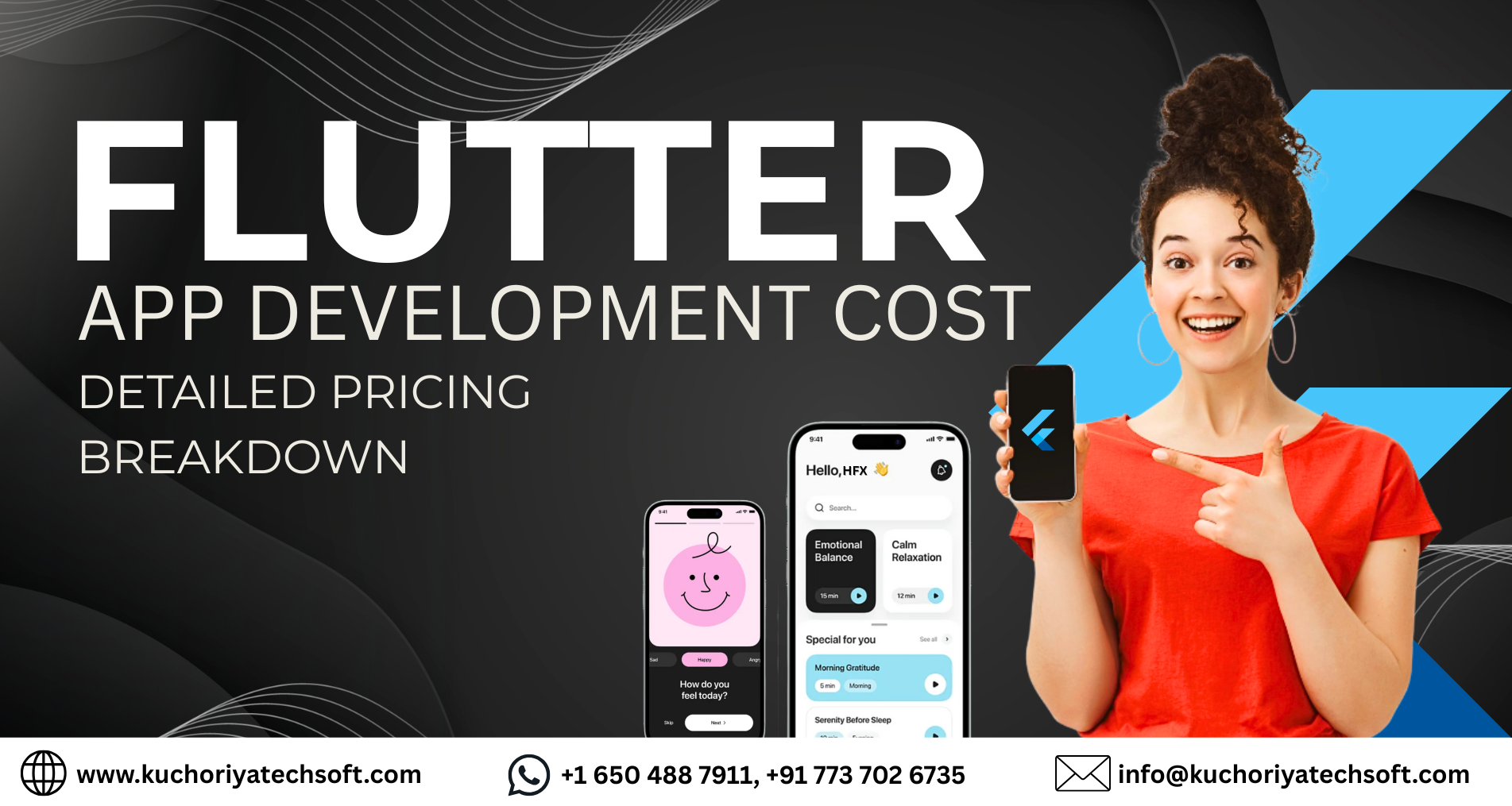




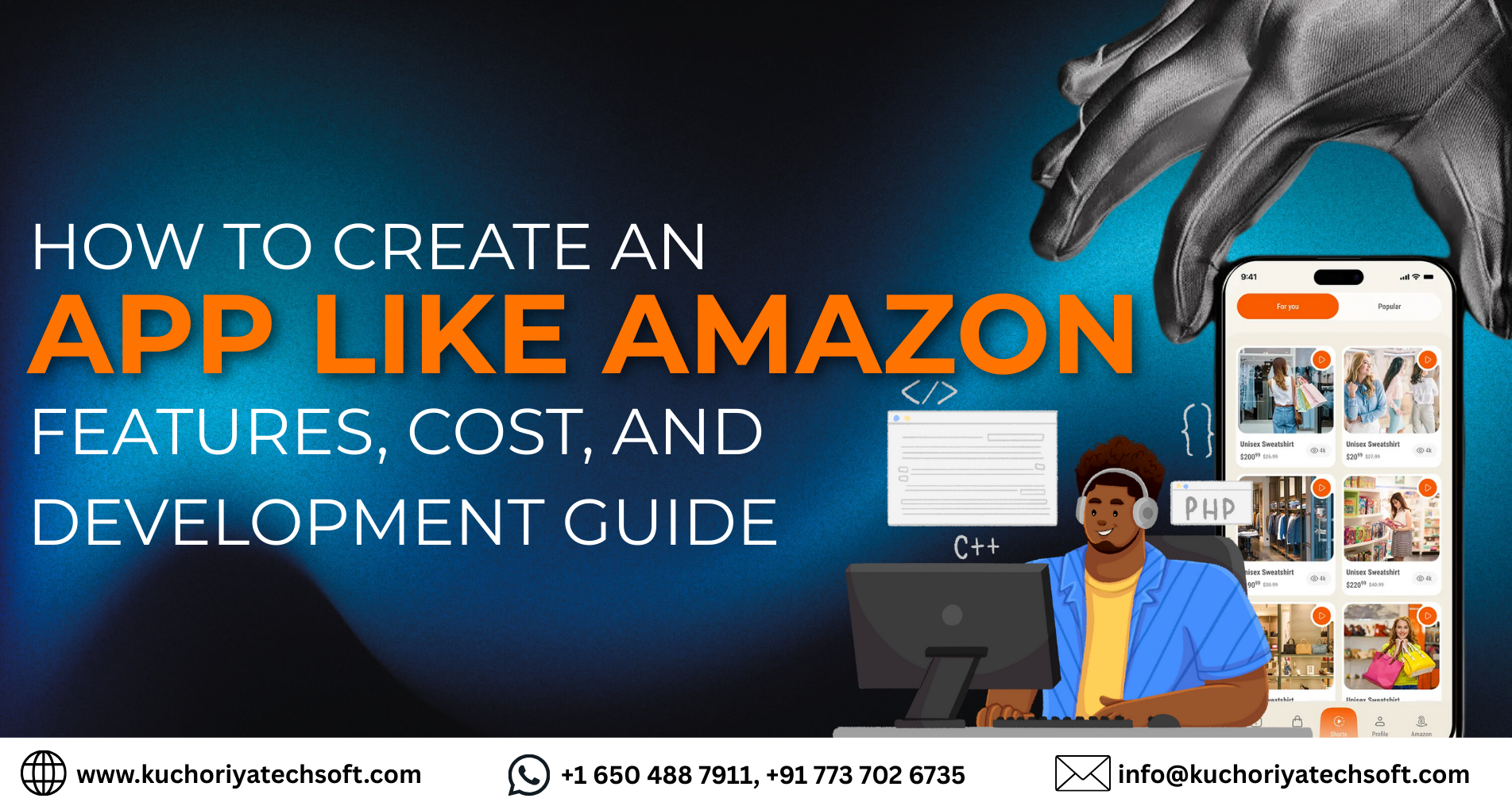



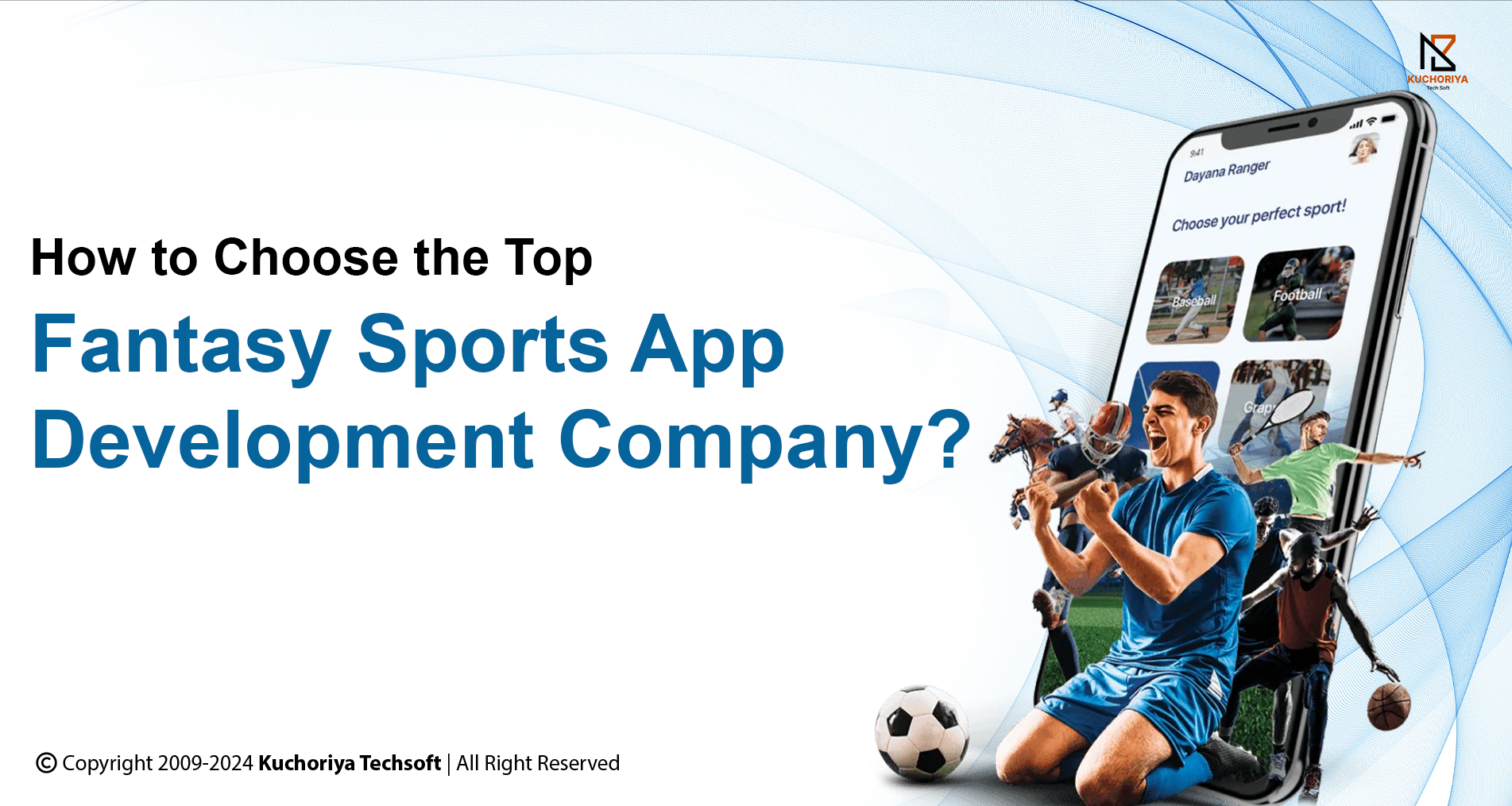

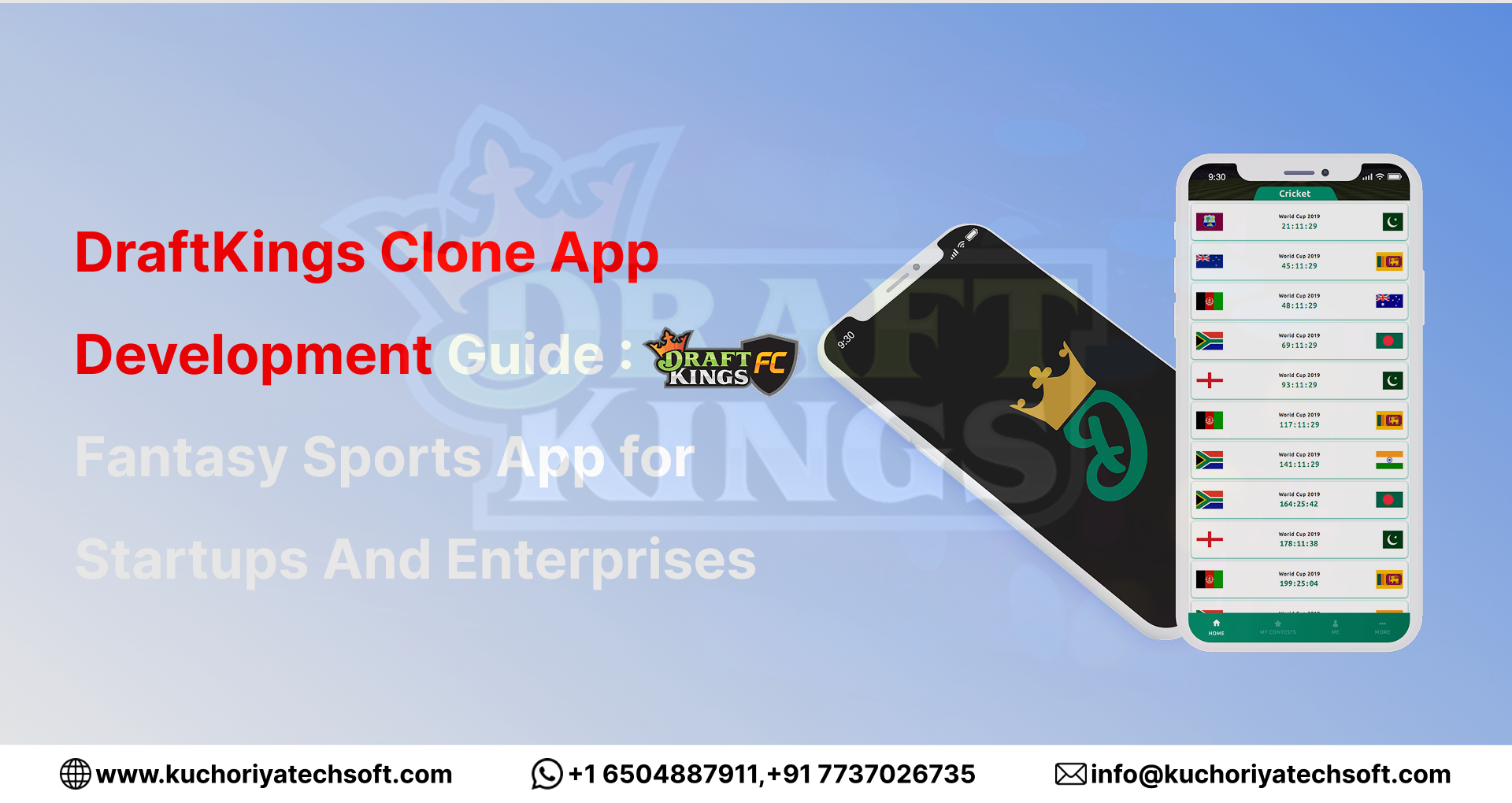

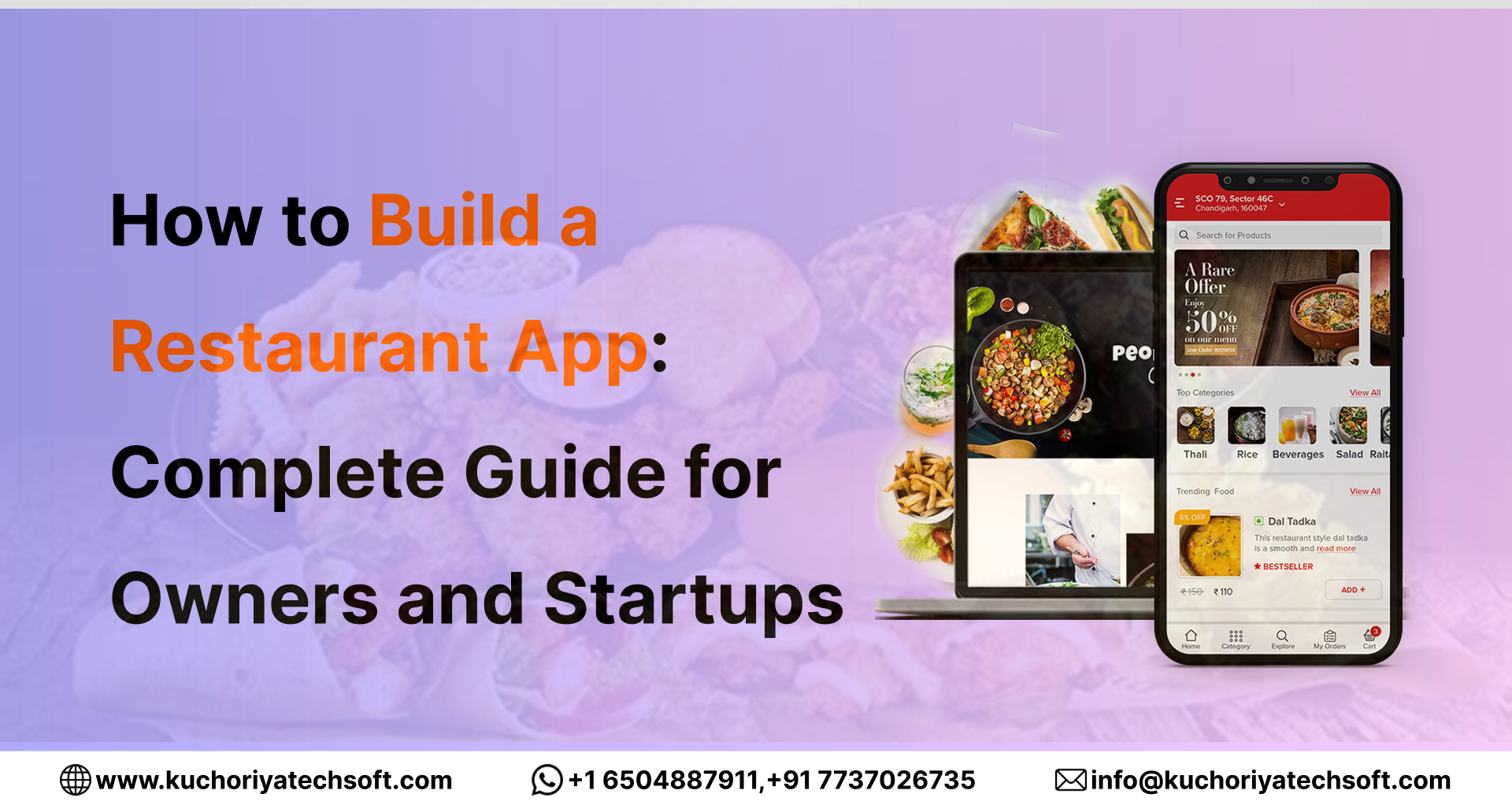

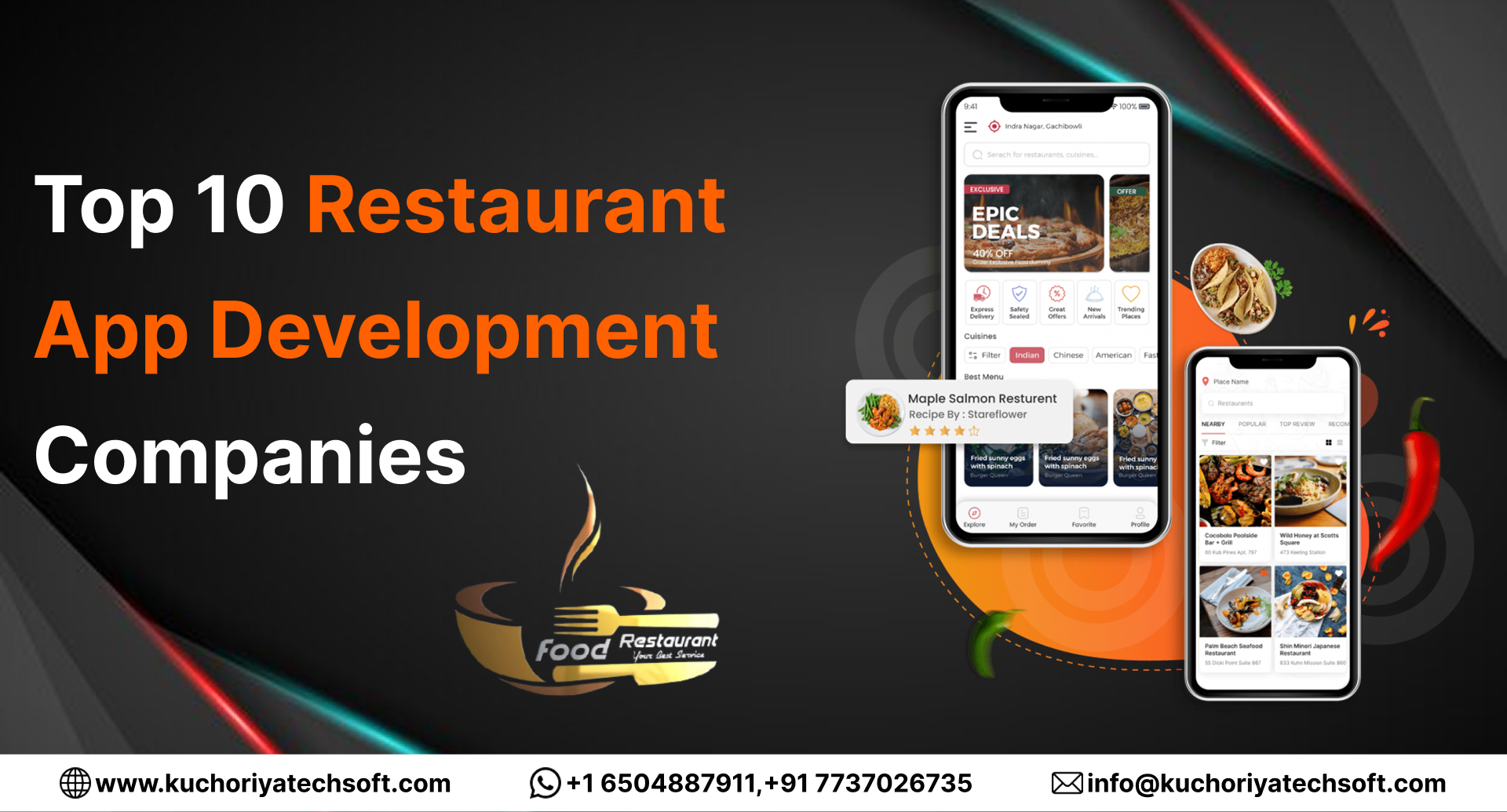


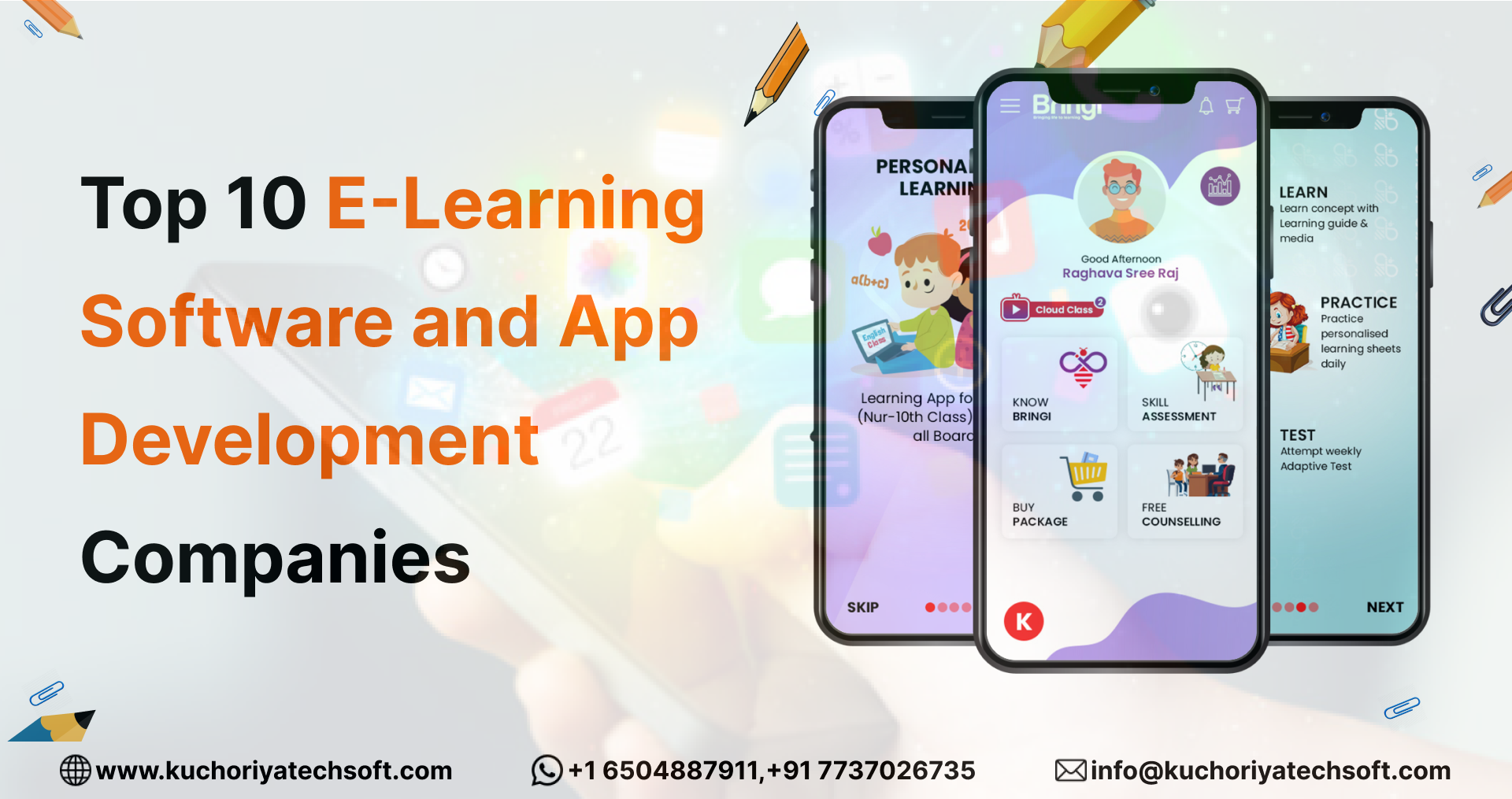

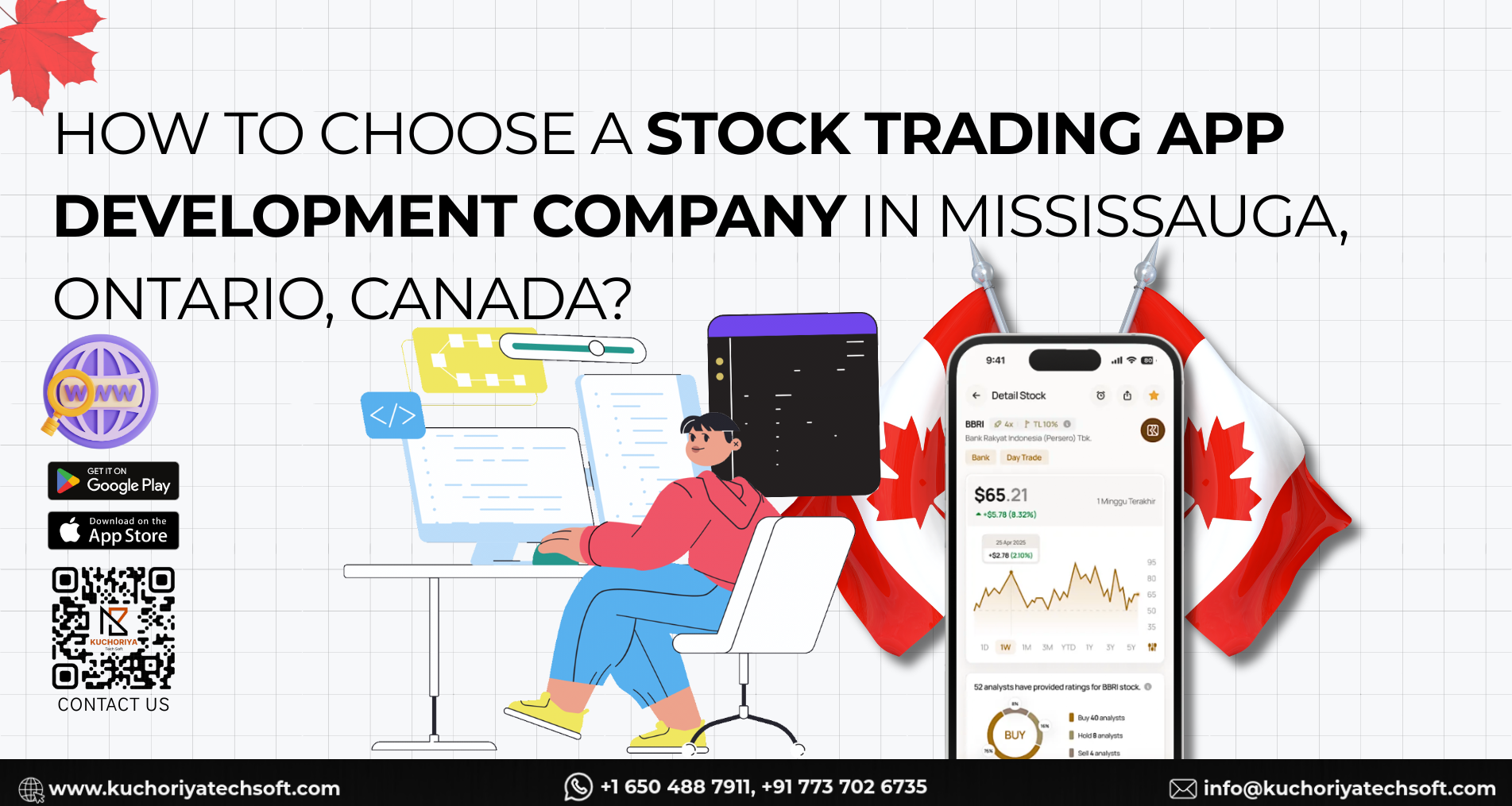

-Software.png)
.png)



